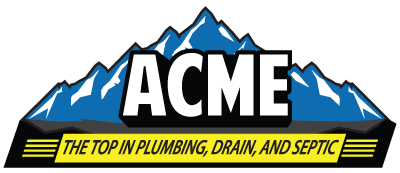What Happens During a Professional Drain Cleaning Service?
When you think about home maintenance, drain cleaning might not be the first thing that comes to mind. However, it plays a crucial role in keeping your plumbing system functioning properly. Over time, debris like hair, soap scum, grease, food particles, and even tree roots can build up inside your pipes, leading to slow drains or complete blockages. That’s where a professional drain cleaning service comes in.
But what actually happens during a professional drain cleaning appointment? Here’s a step-by-step overview so you know what to expect—and why it’s worth the investment.
1. Initial Assessment and Inspection
The process typically starts with a thorough evaluation of your plumbing system. The technician will ask about any issues you’ve noticed, such as slow drains, gurgling sounds, unpleasant odors, or frequent clogs. In many cases, they’ll perform a visual inspection of your sinks, tubs, showers, and floor drains to pinpoint problem areas.
For more complex situations, a plumber may use a small camera attached to a flexible cable (called a sewer inspection camera) to look inside your pipes. This allows them to identify blockages, buildup, or damage deep within the plumbing system that can’t be seen with the naked eye.
2. Choosing the Right Cleaning Method
Once the issue is identified, the plumber will determine the best method for cleaning your drains. The most common techniques include:
Snaking (or Cabling): This involves inserting a long, flexible metal cable with a rotating tip into the drain. It’s effective for clearing clogs caused by hair, soap, and small objects.
Hydro Jetting: This method uses high-pressure water streams to blast away grease, sludge, tree roots, and mineral deposits. It’s especially useful for deep, stubborn clogs or to clean the entire length of the pipe.
Enzyme or Bio-Cleaning Treatments: In some cases, plumbers may recommend environmentally friendly enzyme-based treatments to break down organic material and keep pipes clear over time.
The chosen method depends on the type, location, and severity of the clog, as well as the condition of your plumbing system.
3. The Cleaning Process
With the right tools and strategy in place, the plumber will get to work. Whether snaking or hydro jetting, they’ll carefully insert the equipment into the affected drain and remove the blockage. This step can take anywhere from 30 minutes to a couple of hours, depending on the complexity of the issue.
During hydro jetting, safety precautions are taken to protect your pipes from damage, and the plumber will ensure water pressure is adjusted correctly based on the pipe material and diameter.
4. Final Inspection and Recommendations
After cleaning, the technician may conduct a final inspection to confirm that the blockage is gone and the water is flowing freely. If a camera was used initially, it might be reinserted to verify the results.
They’ll also share insights about the condition of your pipes and offer maintenance tips to help you avoid future clogs—such as what not to pour down your drains or how often to schedule professional cleanings.
A professional drain cleaning service is more than just a quick fix—it’s a preventative measure that protects your plumbing system, home, and wallet in the long run. By understanding what the process involves, you can feel confident scheduling service when needed and enjoy the peace of mind that comes with clear, healthy pipes.
